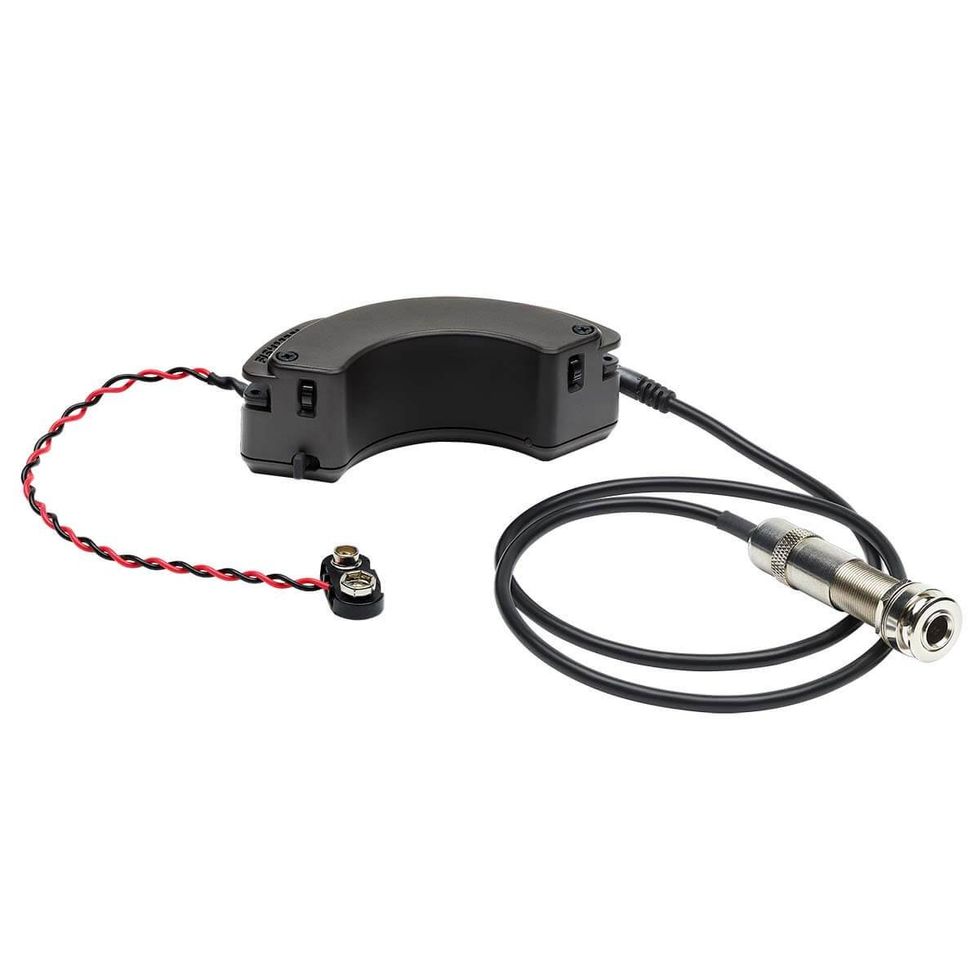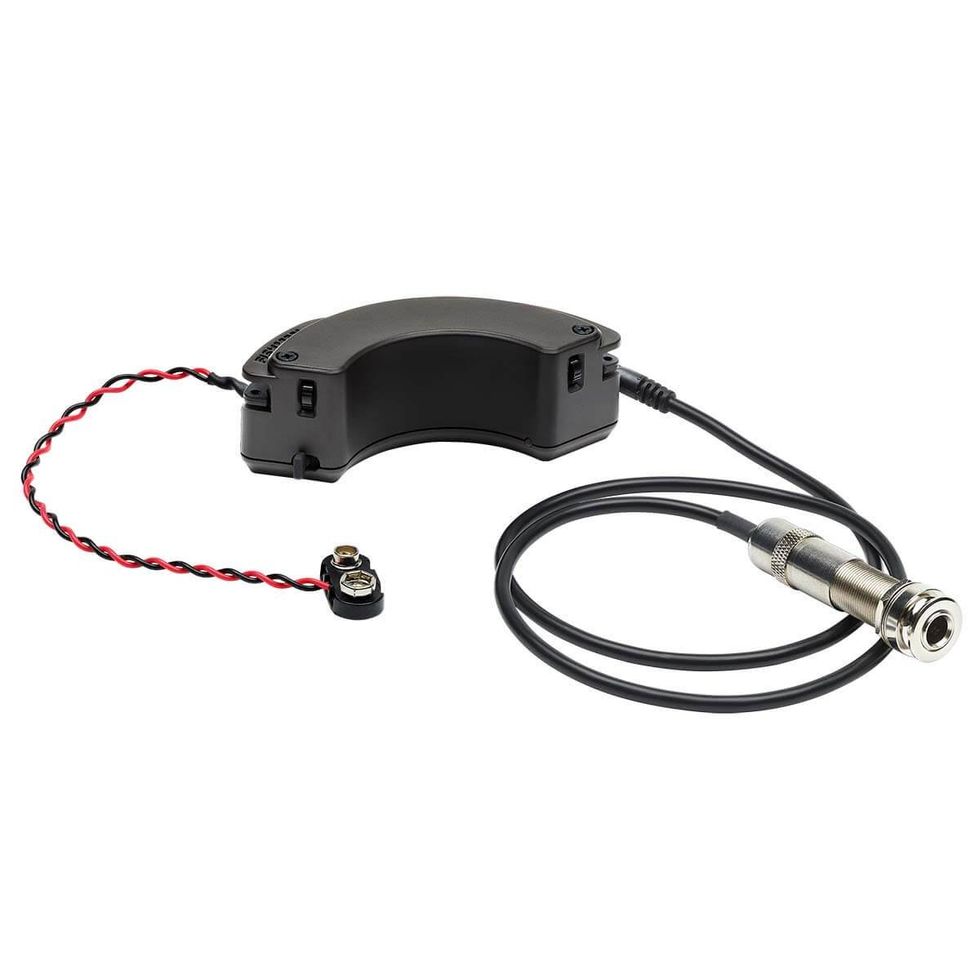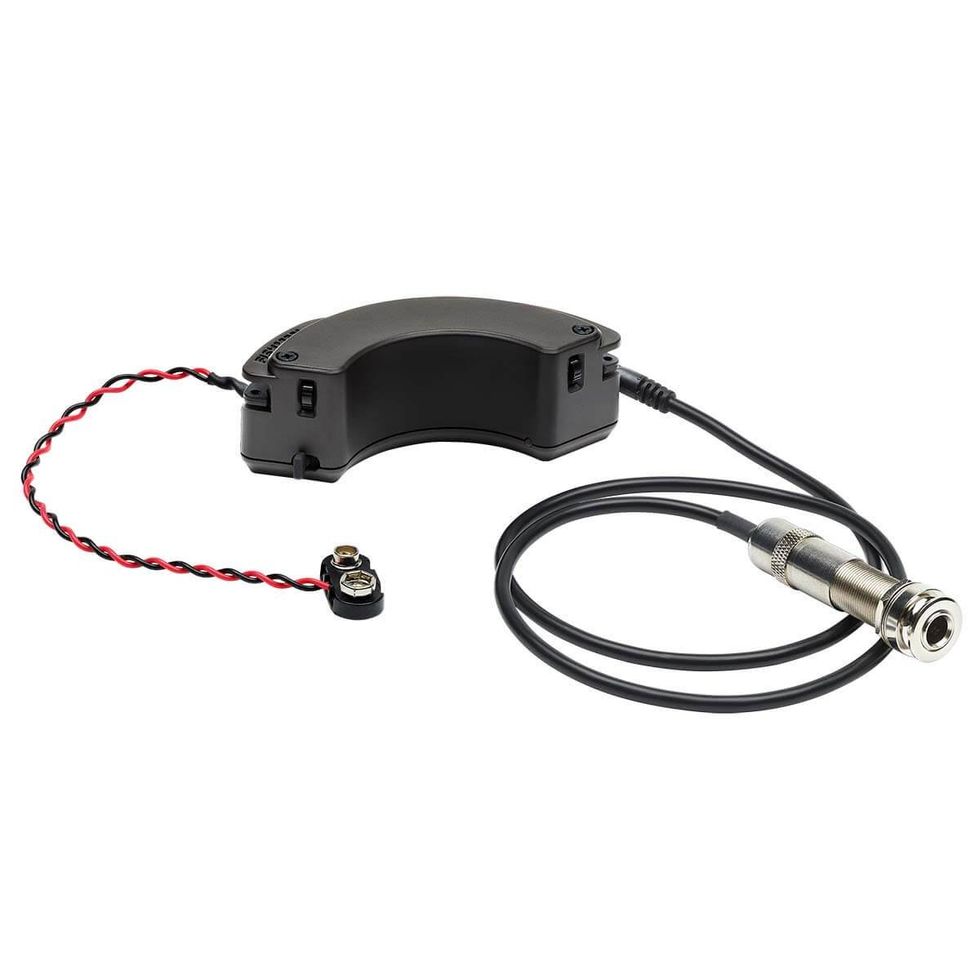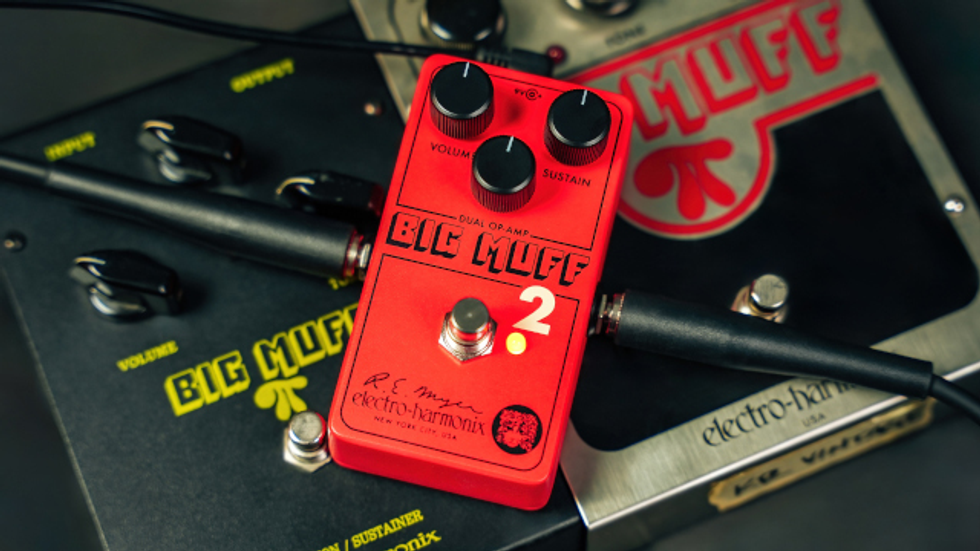As a musician, you want to be heard when you play. How loud you need to be to “be heard” depends on your style of music, the size of your audience, and venue.We buy amplifiers by the number of available watts, and expect that to translate to loudness. And it does, but in unexpected ways.
Our ears and brains perceive sound on a logarithmic scale. Here’s a table of examples adapted from Wikipedia (“Sound power”*) The middle column is the power of the actual air moving against your eardrums.We sense a doubling of power, which is a 3dB change, as a just-perceptible change in loudness. A sound that seems “twice as loud” has to be ten times the power, a 10db increase. That’s why the middle column of the SPLs is in powers of ten. Humans perceive a jackhammer as about twice as loud as a chain saw and a machine gun as about twice as loud as a jackhammer. A full-blown rock concert might only seem twice as loud as a machine gun. 
The sound power is not the amplifier power you’d need to be that loud. Most amplifier power is wasted as heat in moving the speaker cone around; little of that gets radiated away as sound. The following table shows some speaker sensitivities as quoted by the makers, in sound pressure level (SPL) at 1W of amplifier power as heard one meter away from the center of the speaker, as well as the maximum amplifier power before they burn out. I computed the estimated maximum SPL column. 
[N.B. - These are not necessarily representative of all the speakers from the manufacturer. For instance, all Jensens are not always the quietest and all Fanes are not the loudest speakers. Due to overloading and other factors, these speakers may not sound exactly as loud as this projection shows.]
Remember that 3dB is just noticeable and it takes 10dB to be a factor of twice as loud. So at 1W, the most efficient Fane is not quite twice as loud as the lowest efficiency Jensen P12R, differing by +8dB SPL. If we wanted to make the Jensen sound as loud as the Fane is at 1W, we would need to drive the Jensen with +8db of power, which is 6.3 times the power, or 6.3W (trust me, that’s the way the math works out). The Jensen is loudest at its max of 25W: 109dB SPL. The Fane produces 109dB when driven with 4W. So if you replace a Jensen P12R in a cabinet with a Fane AX.12.150, the amp now sounds like it is now six times the power as it was before.
And that gets us down to watts and loudness.Watts don’t make loudness alone; the amplifier power and the speaker efficiency together make loudness. You can make an amplifier sound like it has more watts by using a more efficient speaker; or like it has fewer watts by using a less efficient speaker.
If you simply must have the tone of an inefficient speaker, be prepared to buy a bigger amp to keep your loudness the same, or to use multiple speakers and amps to get the loudness back. If you must have more loudness and don’t want to change your amp, consider more-efficient speakers. Greater efficiency doesn’t always mean better tone; it just gives you more volume.
Keep speaker efficiency in mind when you’re wondering about watts – you might make that 50W amp sound like it has 100W … or 25W.
*article found at: https://en.wikipedia.org/w/index.php?title=Sound_power&oldid=82695953
R.G. Keen
Cheif Engineer
Visual Sound
www.visualsound.net








![Rig Rundown: Russian Circles’ Mike Sullivan [2025]](https://www.premierguitar.com/media-library/youtube.jpg?id=62303631&width=1245&height=700&quality=70&coordinates=0%2C0%2C0%2C0)















